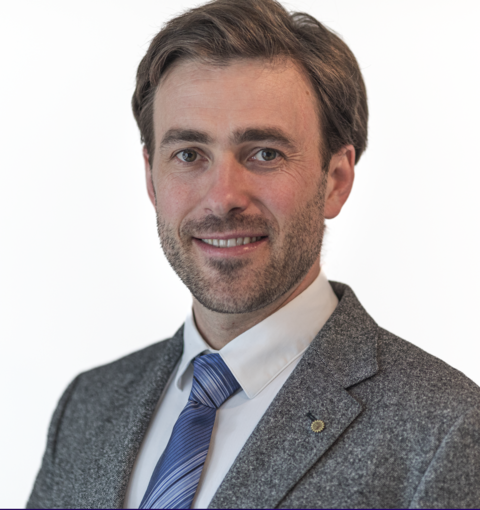© Dr. Georg Pfusterschmied
CD Laboratory for Sustainable Silicon Carbide Technology
Functional materials have always been our daily companion. If we have used stones, wood, or special metallic alloys as or for the production of tools or everyday objects over the millennia, our everyday life today can no longer be imagined without tailor-made semiconductor materials. They form the basis for micro- and nano-engineered components in the field of electronics, sensors and actuators, and are used in various products such as smartphones, motor and electric vehicles (EVs), charging stations, trains, computers and air conditioning systems. Furthermore, the provision of services in a wide variety of applications that we use today as a matter of course, such as 5G, streaming, cloud computing, Internet-of-Things and smart homes, would not be possible without this extraordinary class of materials.
For power electronics used in modern EVs or fast charging stations, the compound semiconductor silicon carbide (SiC) is of particular interest. Due to the high band gap, lower intrinsic carrier concentration, high critical electric field strength and higher thermal conductivity, SiC-based devices are smaller, lighter and have a more efficient energy conversion compared to similar devices made out of the mainstream semiconductor silicon. However, the complex synthesis of SiC results in limited availability of high-quality substrates, high material costs and, as a consequence, SiC power devices have currently a relatively low market share.
It is therefore the vision of this Christian Doppler Laboratory to pave the road for a significant increase in the market share of SiC-based devices by enabling multiple utilizations and hence sustainable exploitation of already available SiC substrates using a novel layer transfer technique. Fundamental research towards the underlaying key technologies including porosification, compactification and heterogeneous integration of SiC will represent the main research blocks of the Christian Doppler Laboratory for Sustainable Silicon Carbide Technology. The research work will be explored by an interdisciplinary team including young and experienced researchers managed by Dr. Georg Pfusterschmied.
Research areas of the CD Lab of Sustainable Silicon Carbide Technology
Team

Univ.Ass. Dipl.-Ing. Dr.techn.Georg Pfusterschmied
Director





Projektass. Dipl.-Ing.Bozhidar DejkoskiBSc
PhD student


Projektass.Priyank Mehulbhai ParmarMSc
PhD student


Publications
- Pfusterschmied, Georg, et al. "Structural Investigations of Pore Nucleation after Electrochemical Porosification of 4H-SiC for MEMS", Sensor and Measurement Science International (SMSI), 2025
- Yang, Ting Qiang, et al. "DFT Calculations on the Surface Termination of 4H-SiC {10-10} and {11-20} during Photoelectrochemical Pore Formation." Scientific Books of Abstracts 8 (2024): 656-657.
- Parmar, Priyank, et al. "High-Temperature Adhesive Bonding of 4H-SiC Substrates." Scientific Books of Abstracts 8 (2024): 174-175.
- Perazzi, Marco, et al. "High-Temperature Reorganization Behavior of Single-Crystalline Porous 4H-SiC Thin Foils." Materials Science Forum. Vol. 1124. Trans Tech Publications Ltd, 2024, https://doi.org/10.4028/p-D0xoyc
- Wahid, Shan Nizam, et al. "A Novel Approach for Thin 4H-SiC Foil Realization Using Controlled Spalling from a 4H-SiC Wafer." Materials Science Forum. Vol. 1124. Trans Tech Publications Ltd, 2024, https://doi.org/10.4028/p-8AEonP
Funding
- Christian Doppler Research Association (CDG)
Industrial partners
- Infineon Technologies Austria AG
- EV Group E. Thallner GmbH
- Umicore SA